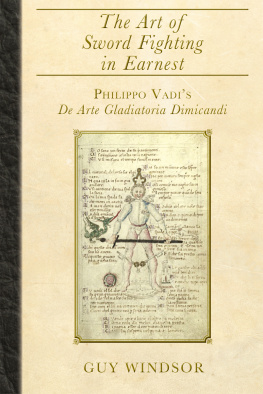Jeffrey L. Forgeng - Pietro Montes Collectanea: The Arms, Armour and Fighting Techniques of a Fifteenth-Century Soldier (6) (Armour and Weapons)
Here you can read online Jeffrey L. Forgeng - Pietro Montes Collectanea: The Arms, Armour and Fighting Techniques of a Fifteenth-Century Soldier (6) (Armour and Weapons) full text of the book (entire story) in english for free. Download pdf and epub, get meaning, cover and reviews about this ebook. year: 2018, publisher: Boydell Press, genre: Detective and thriller. Description of the work, (preface) as well as reviews are available. Best literature library LitArk.com created for fans of good reading and offers a wide selection of genres:
Romance novel
Science fiction
Adventure
Detective
Science
History
Home and family
Prose
Art
Politics
Computer
Non-fiction
Religion
Business
Children
Humor
Choose a favorite category and find really read worthwhile books. Enjoy immersion in the world of imagination, feel the emotions of the characters or learn something new for yourself, make an fascinating discovery.

- Book:Pietro Montes Collectanea: The Arms, Armour and Fighting Techniques of a Fifteenth-Century Soldier (6) (Armour and Weapons)
- Author:
- Publisher:Boydell Press
- Genre:
- Year:2018
- Rating:5 / 5
- Favourites:Add to favourites
- Your mark:
Pietro Montes Collectanea: The Arms, Armour and Fighting Techniques of a Fifteenth-Century Soldier (6) (Armour and Weapons): summary, description and annotation
We offer to read an annotation, description, summary or preface (depends on what the author of the book "Pietro Montes Collectanea: The Arms, Armour and Fighting Techniques of a Fifteenth-Century Soldier (6) (Armour and Weapons)" wrote himself). If you haven't found the necessary information about the book — write in the comments, we will try to find it.
Monte describes the techniques of personal combat with various weapons, including the two-handed and one-handed sword, pollaxe, and dagger, as well as wrestling, armored and mounted combat. He also documents the athletic activities used by knights to hone their physical abilities: running, jumping, throwing, and vaulting. Finally, the Collectanea is the sole medieval text to provide extensive discussion of the design of arms and armour.
This translation includes an illustrated introduction to Monte and his technical subject-matter, as well as a translation of Book 5 of Montes De Dignoscendis Hominibus (1492), which overlaps much of the technical content of the Collectanea.
Jeffrey L. Forgeng: author's other books
Who wrote Pietro Montes Collectanea: The Arms, Armour and Fighting Techniques of a Fifteenth-Century Soldier (6) (Armour and Weapons)? Find out the surname, the name of the author of the book and a list of all author's works by series.











